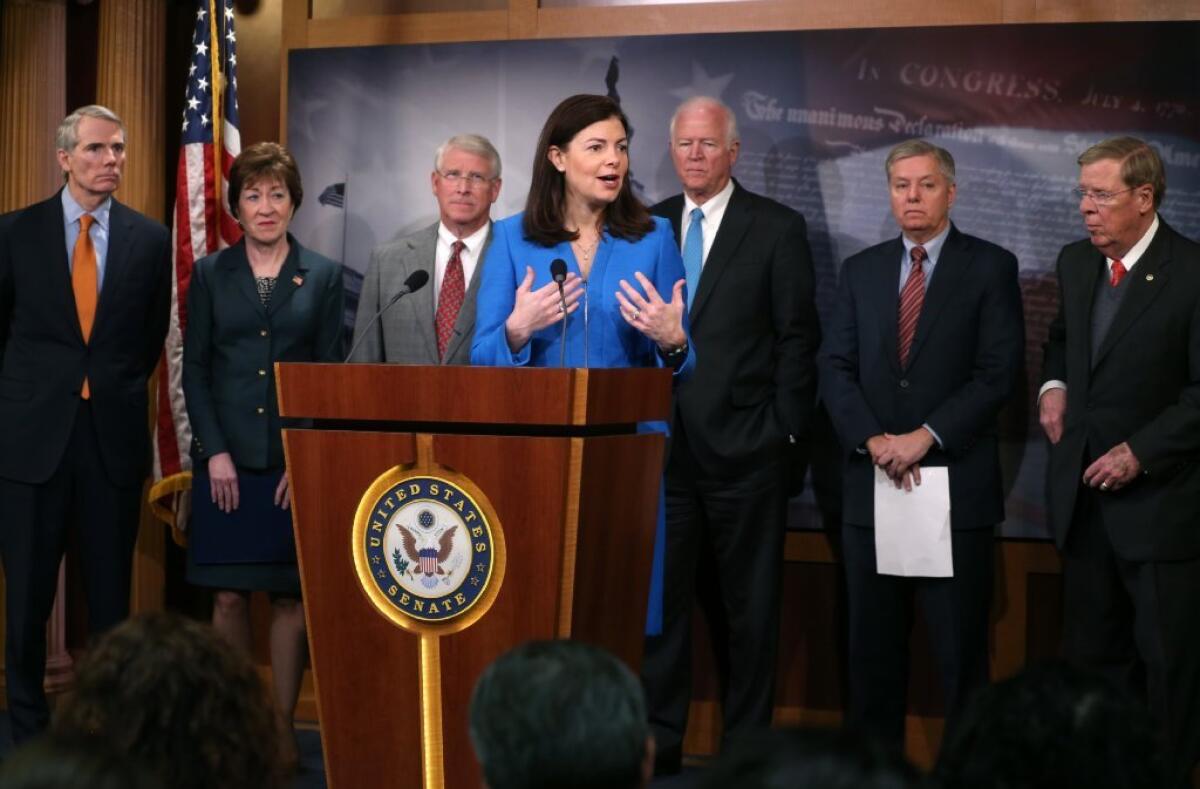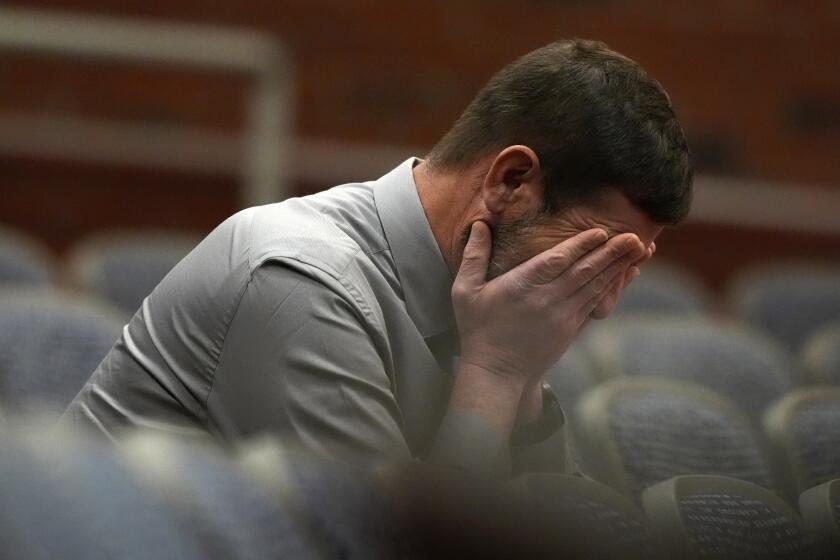How not to sugarcoat a bad employment report

UC Berkeley economist Brad DeLong calls “nuh-uh” on the Obama administration’s wan attempt to put the best face on Friday’s dispiriting employment report, pointing to the “absolute and total complete disaster” lurking not far beneath the “flat-lining employment-to-population ratio.”
Jason Furman, the White House chief economist, underscored that the private sector has added jobs for 46 consecutive months, though he could hardly avoid noting that the December figure was a meager gain of 74,000 (attributed by most to that all-purpose winter rascal, the weather). The overall unemployment rate is still “trending down,” Furman said, to 6.7% in December, the lowest since October 2008.
Furman acknowledged, as how could he not, that the sour note in the statistics is the rate of long-term unemployed (those jobless for more than six months), which is tenaciously high.
DeLong’s gloss focuses on a trend unmentioned by Furman, which is that the reason for the decline in the unemployment rate is that “labor force participation is falling.” If those dropping out of the labor force fail to return once the labor market strengthens, he observes, the harvest is “a permanent reduction in the efficiency of the American economy at matching potential workers who could use jobs with potential jobs that could use workers, and a permanent injury to America’s wealth and productive potential.”
This trend is hard to miss. As Heidi Shierholz of the Economic Policy Institute observes, labor force participation is at its lowest level in 35 years. She estimates the number of “missing workers”--those not actively seeking work but willing to work if jobs were available--at 6 million. If they were actively job-hunting, the unemployment rate would be 10.2%, not 6.7%.
What the White House numbers obscure is that the job market still stinks on a near-historic scale, for a recovery. There are an average of three job seekers for every opening, and the mismatch appears in virtually every economic sector--professional services, retail trade, mining and logging, construction, manufacturing, you name it. So this is not a mismatch of skills, but a dearth of opportunity across the board.
Shierholz points to the collapse of public-sector employment as a leading culprit. Austerity took hold in the public sector just as state, local and federal government employment was most needed to pick up the slack of declining private jobs. Since June 2009, she calculates, the public sector has lost 728,000 jobs. To keep pace with population growth, the sector should have grown by 750,000. About one-third of the devastating gap of 1.5 million jobs has been in local government education, mostly K-12. The budget assistance offered state and local governments through the federal stimulus program ended in 2011, and this is the outcome.
All these factors give the lie to the conservative notion, put forth by people like Sens. Rand Paul, R-Ky., and Marco Rubio, R-Fla., that it’s the availability of unemployment benefits that is suppressing employment growth. We’ve dealt with their fatuous arguments here.
They seem to think that if these slackers simply were kicked out of the hammock represented by jobless benefits, they’d get cracking and find jobs. The hard, cold figures show that there aren’t enough jobs. As a result, the cutoff of benefits foisted on the long-term unemployed by an indolent Congress only has the effect of reducing economic demand further, which makes it harder for them to find jobs.
The Congressional Budget Office quantifies this effect. Continuing the emergency unemployment benefits through the end of this year, it says, will increase gross domestic product by as much as 0.3%, and employment by as much as 300,000. What it’s telling Congress, in other words, is, if you want the dismal employment picture to continue, fellas, just keep doing what you’re doing. Which is: nothing.
More to Read
Start your day right
Sign up for Essential California for news, features and recommendations from the L.A. Times and beyond in your inbox six days a week.
You may occasionally receive promotional content from the Los Angeles Times.







